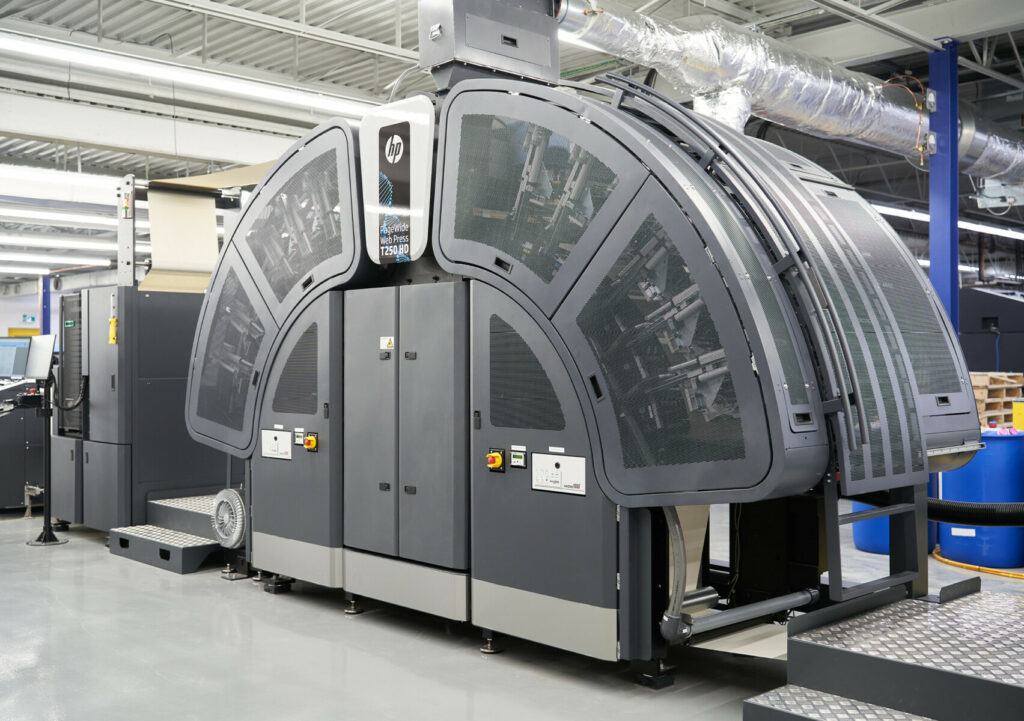The history and evolution of book printing spans centuries, marked by significant advancements and cultural shifts. Its evolution is a testament to human ingenuity and the enduring power of the written word.

Prior to the 15th century, books were painstakingly copied by hand, a process that was both time-consuming and expensive. Then, in the mid-15th century comes Johannes Gutenberg, a German goldsmith and inventor. His invention of the movable type printing press around 1440 revolutionized the production of books. The introduction of the printing press allowed for the mass production of books, making them more accessible and affordable. By 1500, there were over 9 million books in circulation in Europe, which was a dramatic increase from the mere thousands of manuscripts that existed before.
Following Gutenberg’s success, printing technology spread rapidly through Europe. Printers in Germany, Italy, France, and England began mass-producing books, often focusing on religious texts, classical literature, and scientific works. During this period, printers were often their own typefounders, editors, publishers, and booksellers. Because everybody wanted to be “the best”, printers were constantly innovating and improving their techniques.

Fast forward to the 19th century and the Industrial Revolution. This had a massive impact on book printing; the development of steam-powered printing presses and the introduction of mechanized typesetting significantly increased the speed and efficiency of book production. In the early 1800s, Freidrich Koenig invented the industrial cylinder press that ran on steam, printed each page on both sides simultaneously, and could roll out 1,100 pages an hour…their first customer was The Times newspaper in London. One of the most important innovations from Industrial Revolution was the invention of offset printing by Ira Washington Rubel, who was trying to improve lithography for book printing. Offset printing became the dominant printing method of the 20th century.
The late 20th and early 21st centuries have seen the rise of digital technologies that continue to transform the book printing industry. Digital web and toner print technology allows for printing “on-demand”, short-run capabilities, rapid turnaround times, superior image quality and cost-effectiveness. E-books and digital publishing have further revolutionized the industry, offering readers instant access to a vast array of titles on their electronic devices.

At Friesens, we’re celebrating 117 years in business this October and we are at the forefront of printing technology. Since our inception on October 1, 1907, and the purchase of our firsthand-operated Gordon press in 1933, we have immersed ourselves in every aspect of printing, and our talented, creative employee-owners are committed to the finest printing evolution and innovation, much like the first printers in the 15th century.





